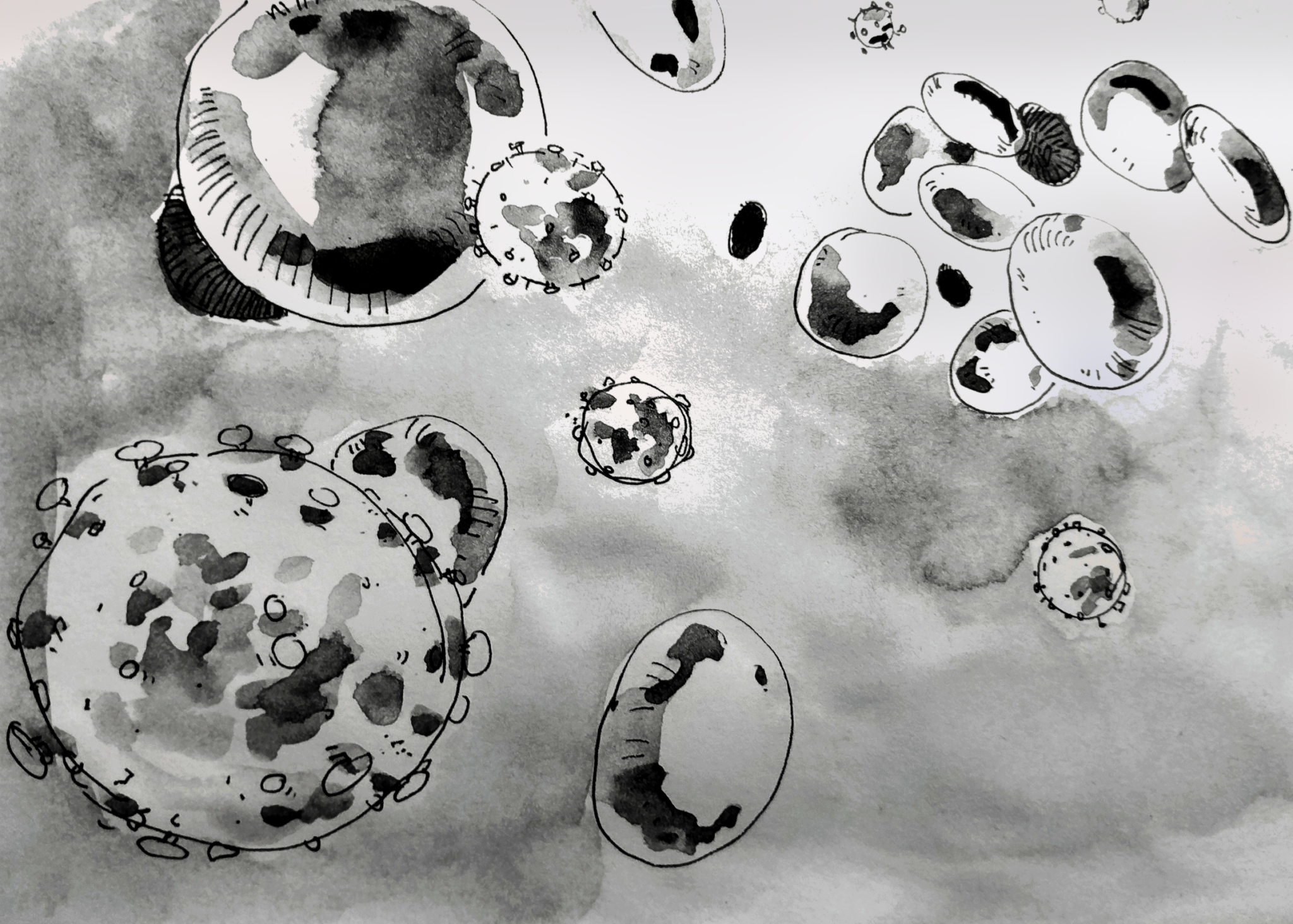
Up to this point in HIV treatment research, biomedical engineers have been unable to find strategies to target the virus in its undercover, dormant state. Now, a team of Yale researchers has discovered new ways to identify the presence of the virus in latently infected T-cells, introducing the possibility of developing “activate-and-kill” therapeutic strategies, to eradicate the virus in its entirety from patients.
In a study published Nov. 23 in Scientific Reports, researchers from a biomedical engineering lab explored a new method of distinguishing HIV-infected cells from healthy ones.
“Many promising anti-latency strategies have failed or had very weak responses, and so it would likely be a very long and uncertain road to developing a treatment in HIV-positive patients,” corresponding author Kathryn Miller-Jensen said. “However, I think that we’ve found a very different strategy for identifying new targets, which are definitely needed.”
According to the study, currently the most promising therapeutic approach to eliminating the hidden form of the virus is with latency-reversing agents, proteins that activate the latent virus by promoting gene expression. However, the agents can be highly detrimental to healthy cells and do not effectively discriminate between latently infected and noninfected cells. Miller-Jensen said latently infected cells are rare in a patient infected with HIV — there is one latently infected cell to every million healthy cells.
Since it is otherwise difficult to identify cells infected with a latent virus, the researchers built on recent research that used changes in a particular pathway to isolate cancer and Type 1 diabetes cells.
Miller-Jensen received the Grand Challenges Explorations Grant from the Bill and Melinda Gates Foundation over five years ago to provide funding to conduct the study.
“It took a long time and a lot of twists and turns to complete the scientific story,” Miller-Jensen said. Linda Fong GRD ’17 and postdoctoral associate Endah Sulistijo co-authored the study with her.
In their experiment, the researchers measured phosphorylation, a kind of cellular change, using antibodies, which can target phosphorylated proteins while bypassing nonphosphorylated proteins.
Miller-Jensen’s team found that reactivated latent HIV infection is associated with increased levels of phosphorylation. The team also pinpointed a mechanism by which these cells may die independent of the virus.
“One key point is that we don’t see the differences in signaling until we stimulate the cells,” Miller-Jensen said.
She added that she and her team already have identified some clinically-viable, small molecules that are currently being tested as anti-cancer therapeutics. She said that the next step in the research would be to collaborate with other HIV researchers at Yale to test the molecules on virally suppressed HIV-infected patients and in humanized mouse models of HIV latency, as well as to obtain proof-of-concept evidence that latently infected T-cell populations can be eliminated. T-cells in real patients sometimes behave very differently from lab-based infections cultured in petri dishes.
“The main challenge was that these are only in-vitro experimental models, not patient samples, and every model is imperfect,” added Miller-Jensen. “We looked for differences that were conserved across experimental models but will definitely have to try out our ideas in patient samples soon.”
Ya-Chi Ho, a professor at the School of Medicine who studies mechanisms of latency in patient-derived samples, said the study represents an important development in eradicating the latent reservoir. She added that the team’s pathway analysis has shown the potential for a drug that could inhibit specific pathways in latently infected cells.
Nearly 40,000 Americans received an HIV diagnosis in 2016, according to the Centers for Disease Control and Prevention.
Julianna Lai | julianna.lai@yale.edu







